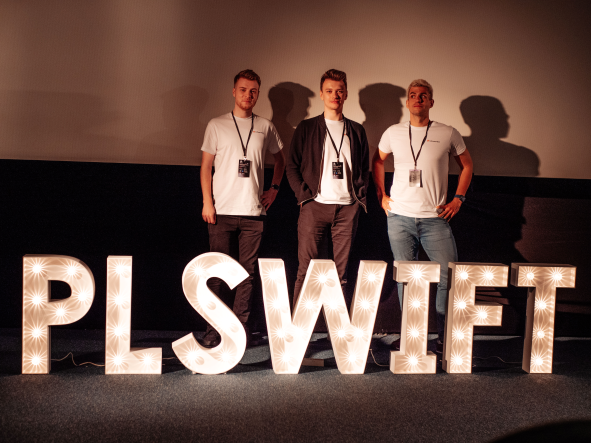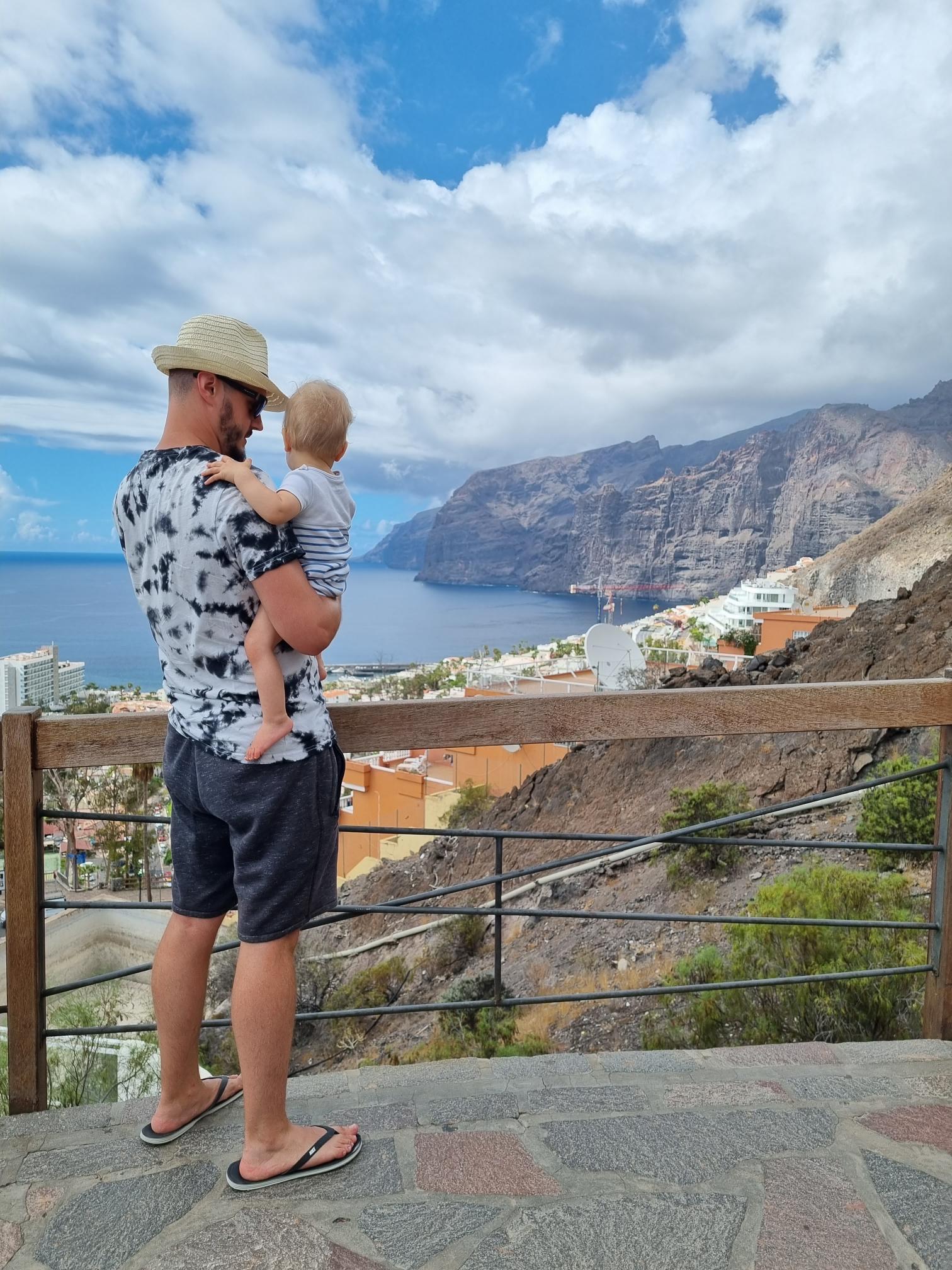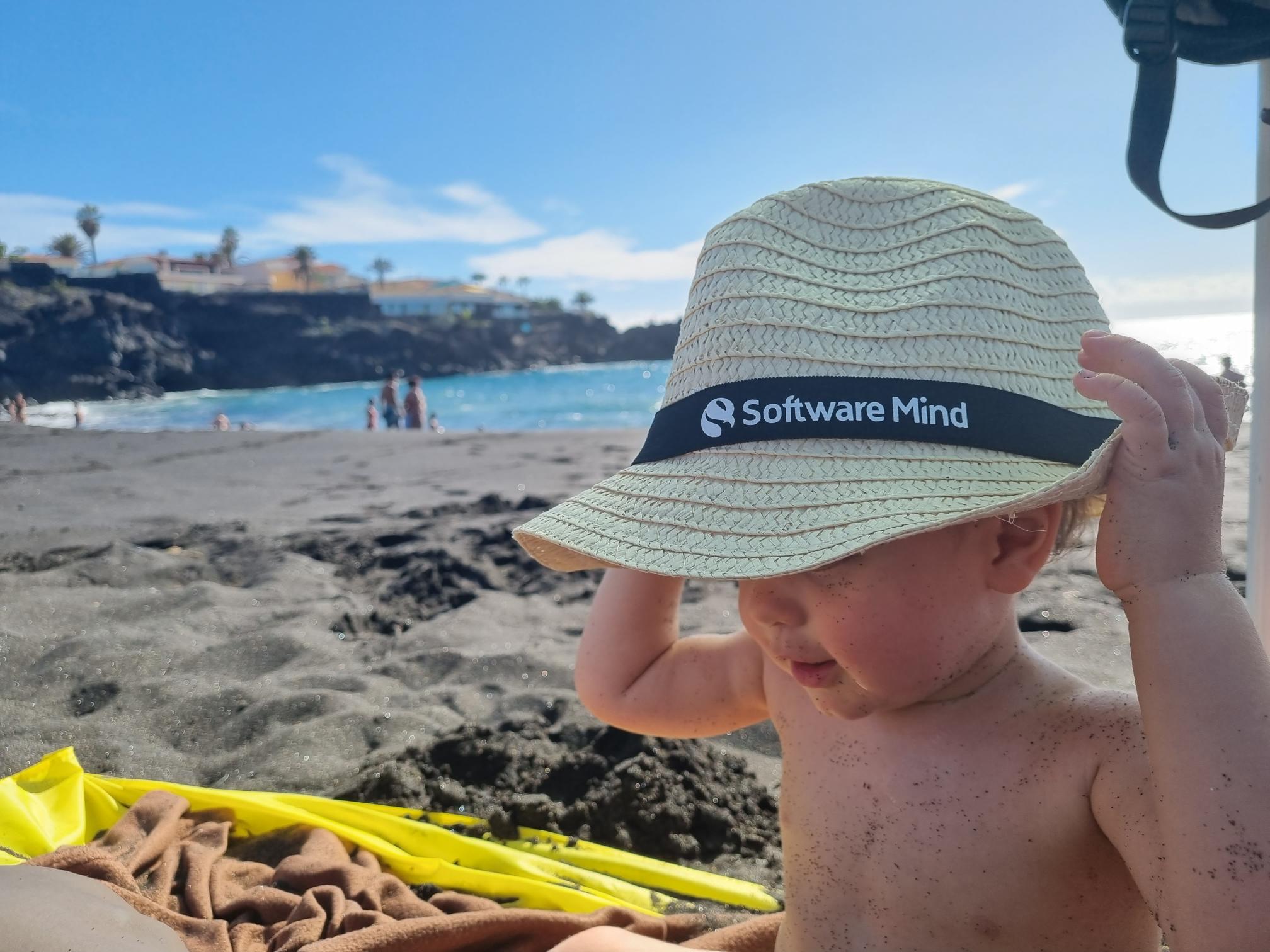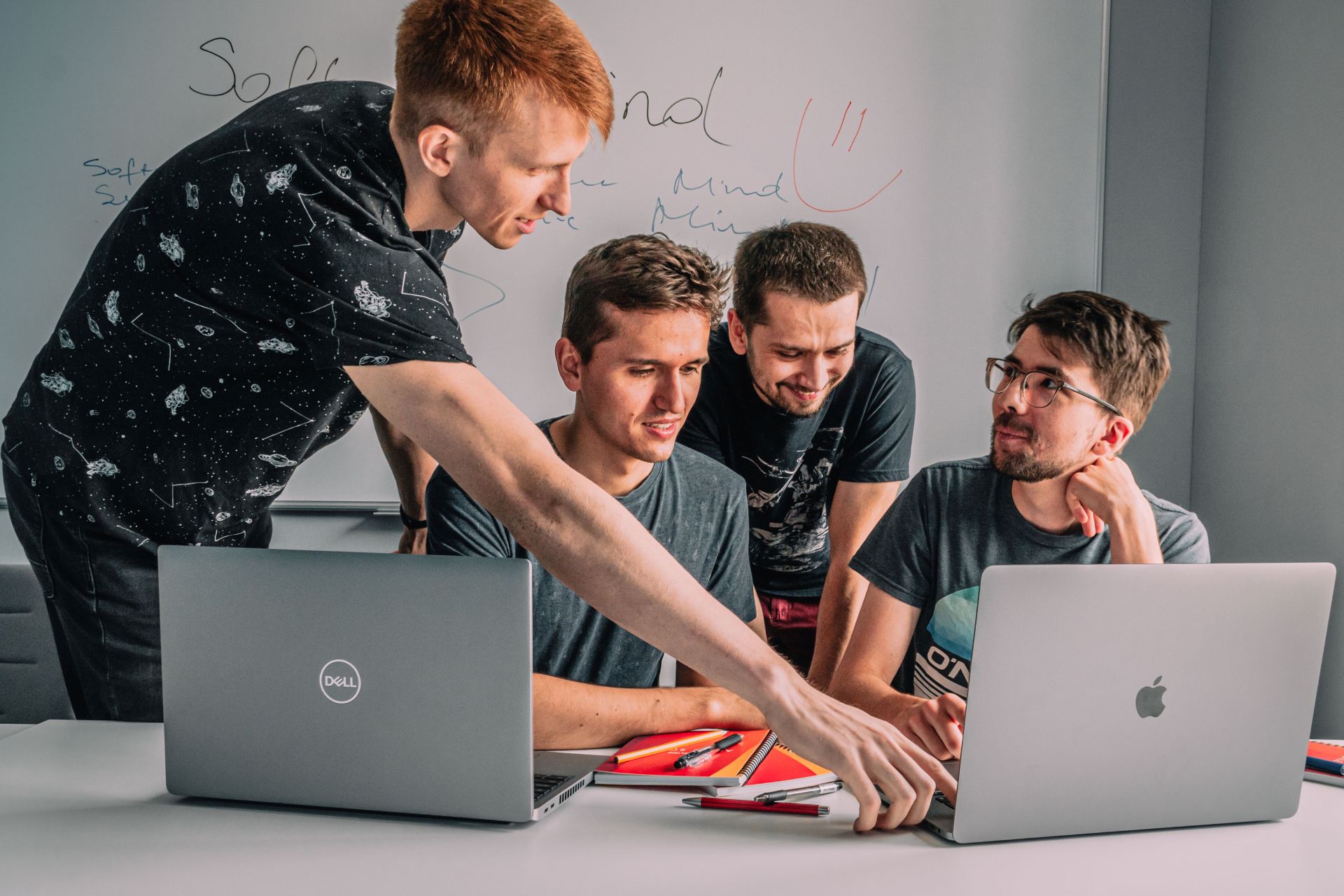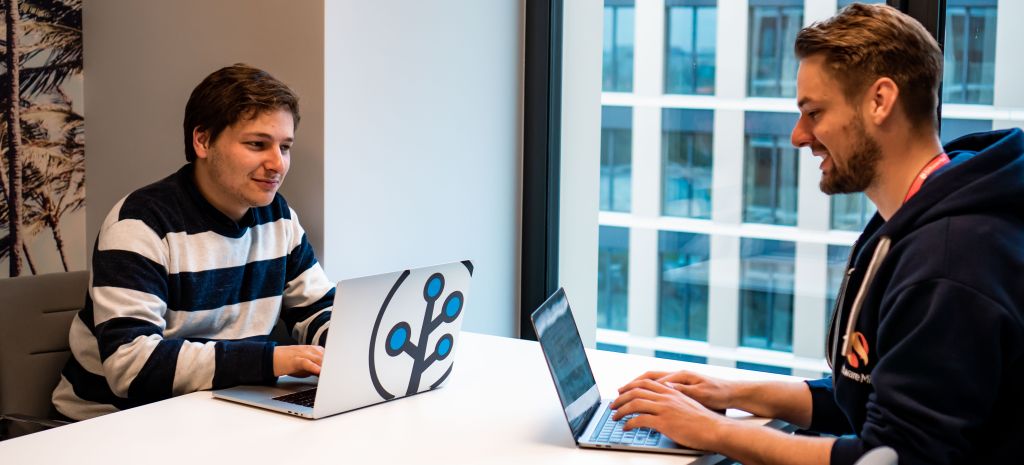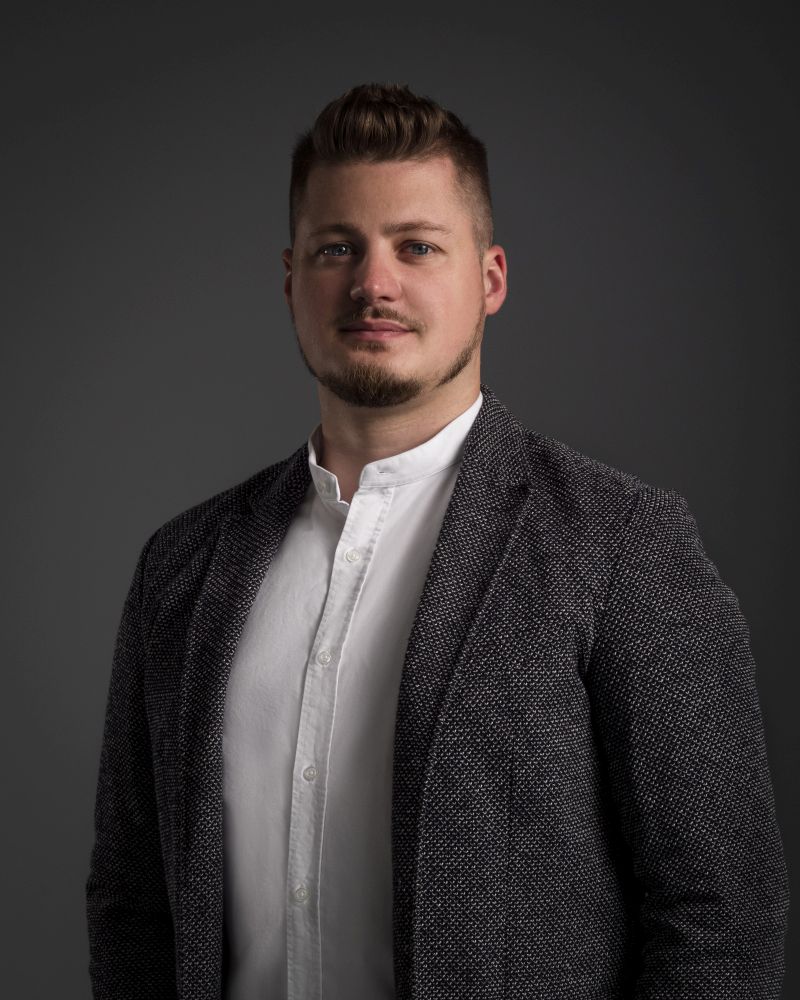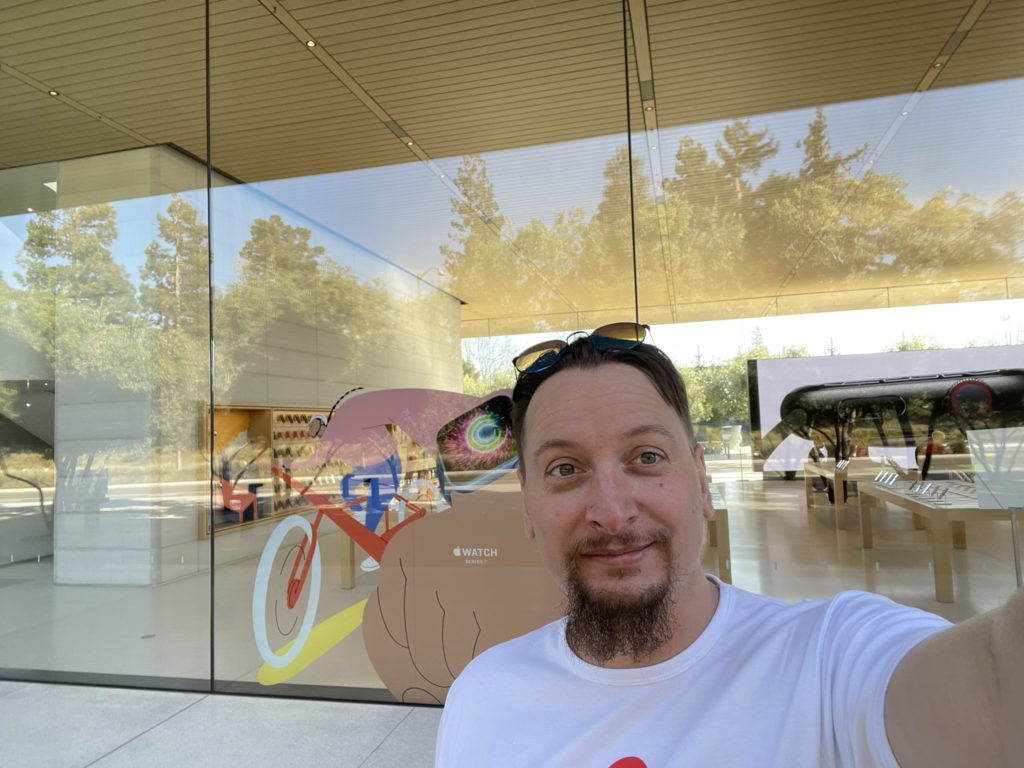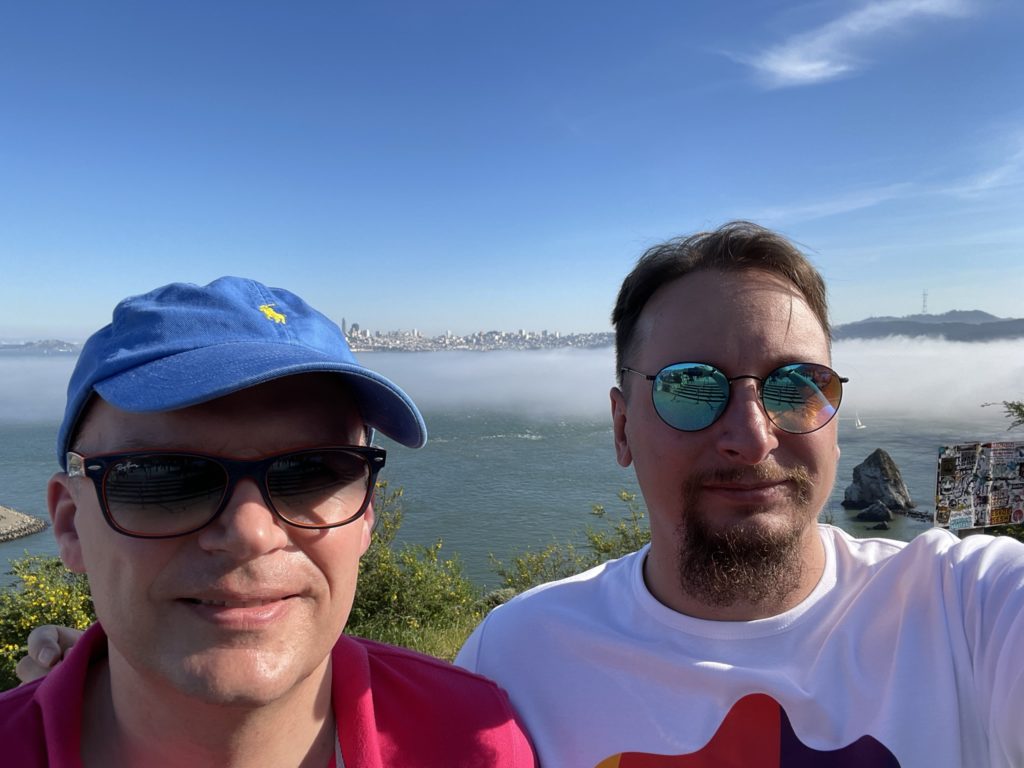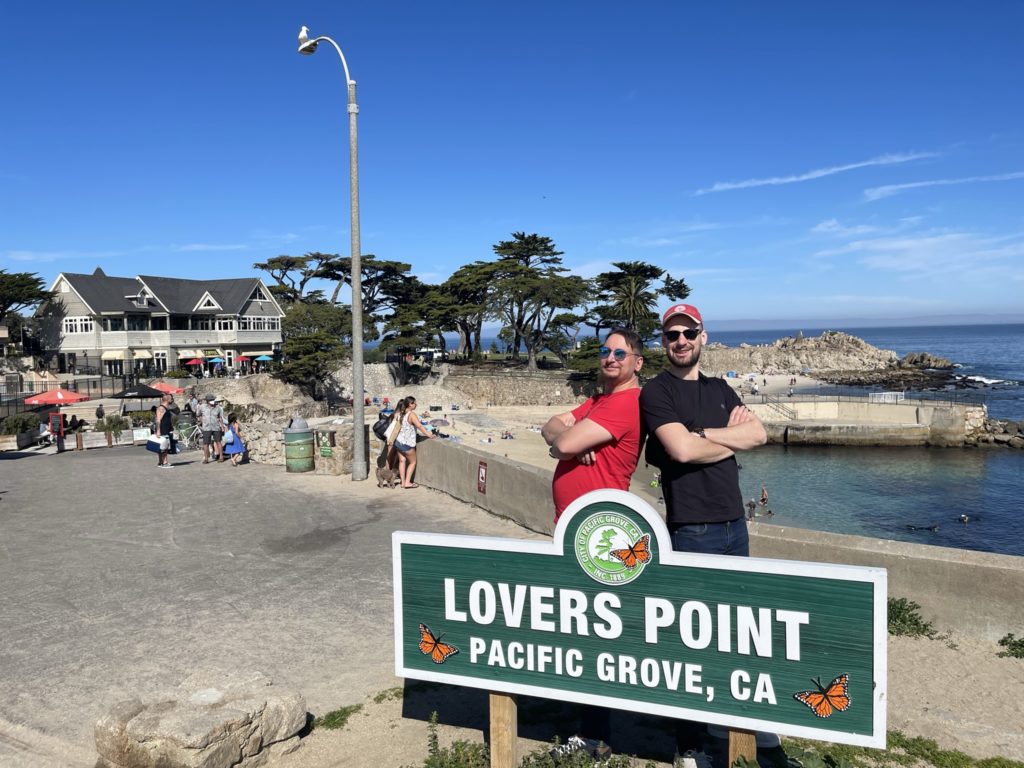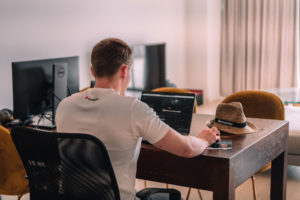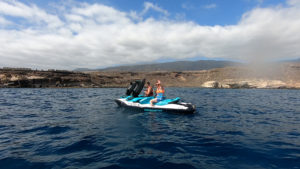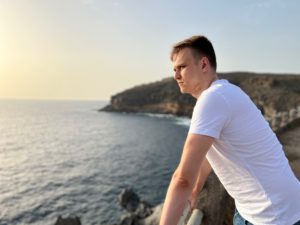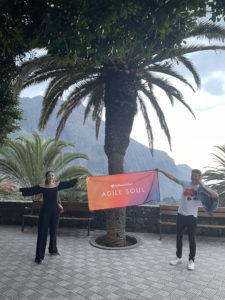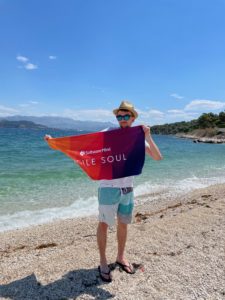When discussing employer branding, the focus is often more on an employer than their brand. However, the link between these two is unquestionable – employer branding is closely connected to a company’s marketing as it establishes a company’s marketing strategy aimed at employees and candidates. A strong employer brand makes a difference from the moment a potential candidate interacts with an organization. According to a survey from the job board Praca.pl, more than 70% of respondents are more eager to apply for a job in a company that actively manages its employer brand. At the same time, almost 50% of respondents believe these companies take more care of their employees.
Read on to find out how employer branding helps organizations and how we created an employer branding strategy at Software Mind.
What are the goals of employer branding?
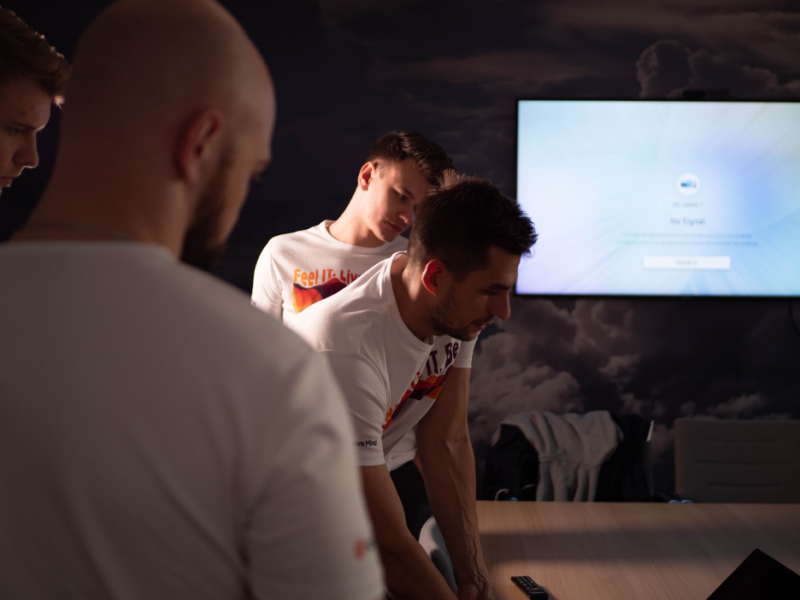
An employer brand affects how an organization is seen both internally and externally. It shows potential candidates the advantages of working at a given company – whether that’s an organizational culture, special benefits or other perks. It also highlights these aspects to the people who are already employed, e.g. by raising awareness about wellbeing programs or organizing internal initiatives to celebrate achievements and the team spirit. Overall, an attractive benefit package and a positive image of an employer attracts well-aligned job candidates and retains high-performing employees already working for a company.
To build and strengthen an employer’s brand among candidates and employees, you need to carry out employer branding activities. But without a strategy, they may prove too inconsistent or incoherent to deliver satisfying results. An employer branding strategy determines how you’re going to promote your company and who you’re going to target. It also outlines the general messaging and helps you establish your goals for driving talent acquisition and employee retention.
Creating Software Mind’s employer branding strategy
When we set out to develop an employer branding strategy at Software Mind, our main goals were to:
- become the first-choice employer for external candidates in our target groups,
- strengthen Software Mind’s image as an attractive employer among our employees,
- encourage our employees to become brand ambassadors of Software Mind as an employer.
The process of planning our employer branding activities consisted of several stages. First, we organized a cross-departmental group whose members represented different roles, areas of expertise and levels of experience. As a software development company, our main community revolves around engineering, which is why we invited our developers and managers to share their insights. The team met up regularly to design and improve the process of identifying and defining our unique employer brand differentiators.
To create the strategy, we conducted a complex study of our target group to understand how our organization is perceived by its employees. This study included:
- A comprehensive employee survey that covered four main areas: Software Minders, our organization, internal and external communications, corporate social responsibility (CSR) and benefits;
- Meetings with mixed focus groups so that we could further examine the survey insights and confirm our differentiators;
- An analysis of competitor activities and IT industry trends;
- A series of workshops to further explore survey results and develop our employee value proposition (EVP) pillars – which would serve as the basis of Software Mind’s messaging.
The whole process was carried out by our in-house Marketing and Employer Branding Team. Along with gathering information for our strategic goals, we also created a special landing page showcasing the survey results.

Feel IT. Live IT. Be IT. – A closer look at our EVP
An EVP is a set of associations, values and benefits that are authentic and unique to an organization. It defines the reasons why potential candidates would want to work and stay at a given company. When creating Software Mind’s EVP, we wanted to capture our organizational culture and the qualities that make us stand out. For the foundation for choosing our EVP, we used the research results and our company values:
- Taking ownership
- Acting with respect
- Craving more
- Showing grit & guts
- Embracing openness
After many discussions, we arrived at our EVP: Feel IT. Live IT. Be IT. Far from a mere slogan, to us, it’s the very definition of our culture, encapsulated in a handful of words. Each of the three pillars of our EVP covers an aspect of our daily work and environment at Software Mind.
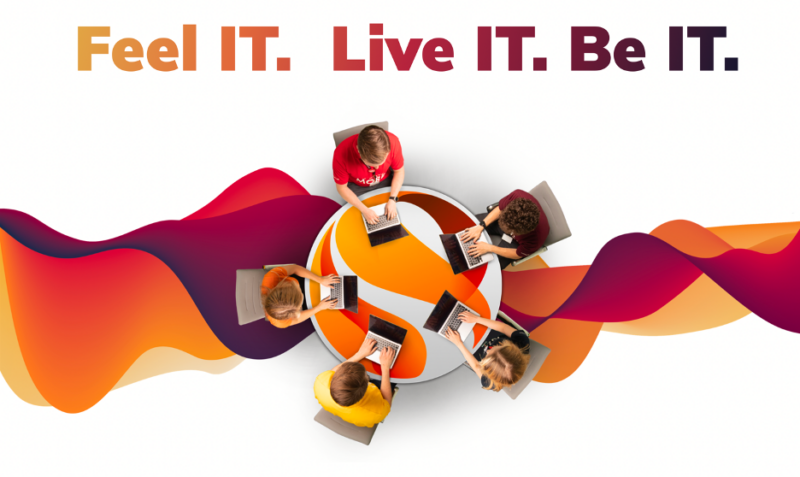
Feel IT stands for our Software Minders and the unique atmosphere they create. Though an “atmosphere” might sound vague, it’s something we vividly experience everywhere we meet – at our annual company party, regular integration meetings, job fairs, recruitment events or simply on lunch breaks and Pizza Days at our offices. It’s what we have in mind when we talk about being One Team who always supports each other.
Live IT represents our life at Software Mind, which is full of opportunities to grow and develop. We live according to our company values and spend our days among talented colleagues who champion self-development every day. Our company is growing fast and provides us with interesting, international projects. We can also expand our skills by participating in development guilds – at the moment, there are 15 groups with different specializations to choose from!
Be IT means that being part of our One Team still gives you plenty of time for your interests and passions. The presence of other Software Minders in each other’s lives inspires us, provides support and helps us find common interests or learn more about completely new hobbies. This pillar evokes the coffee breaks where you can hear people sharing stories about the different ways they spend their time outside of work, from travel through sports and car races to card games – and that’s just a few examples. Be IT also refers to our Work n’ enjoy program, which enables Software Minders to work and enjoy their free time in scenic locations across Europe.
Maintaining an employer brand throughout dynamic growth
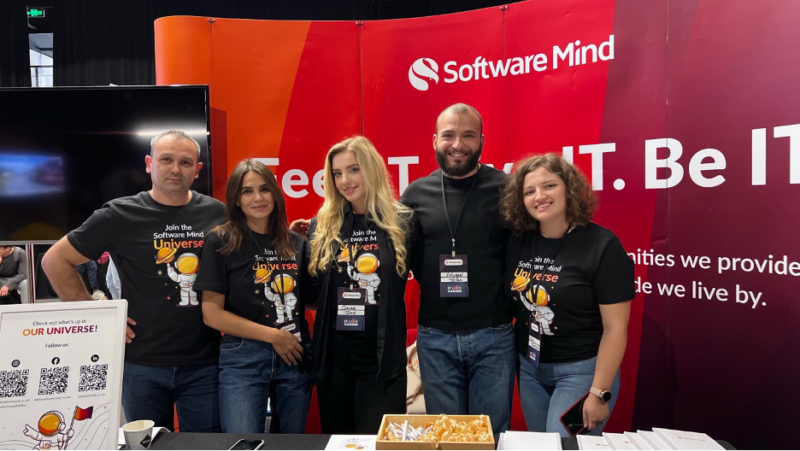
Our EVP boils down to the most important element of our organization – the people who form it. The same ideas informed our employer branding action plan, which consisted of different activities to promote Software Mind’s employer brand externally and to strengthen it internally. For example, we participated in various IT conferences and job fairs to meet potential candidates in person, and we established external communication guidelines to consistently promote our company values and initiatives. Internally, we organized seasonal gifts highlighting the employer branding messaging and supported the development of our Guilds. The details of an action plan will differ, based on the evolution of a company’s employer brand, its target audience, strategic goals and focus. It’s also important to remember that an employer branding strategy will change and expand with time.
For us, it meant that, after the acquisition of Code Factory, the community of Software Minders extended to colleagues from Romania and Moldova. Integration with the new team prompted us to conduct another local analysis and workshop, which helped us understand our Romanian and Moldovan coworkers and ensure that all of us share our company values and identify with our EVP. Currently, we’re undergoing a similar process with our team members from LATAM who have just joined our Software Mind community.
Companies need an employer brand strategy to attract and retain top talent

A strong employer brand attracts top candidates and boosts employee retention. To meet these goals, you first need to create a good, long-term employer brand strategy, including an EVP and multichannel action plan. Understanding what your target talent is looking for and how employees perceive your organization is crucial to developing your employer brand. Though this process can be complex and require a lot of time and effort, it results in higher employee engagement, reduces time needed to recruit candidates and even positively impacts how customers perceive a company.
Are you looking for a new role in an organization that’s aligned with your values and supports your self-development? Check out our job opportunities!
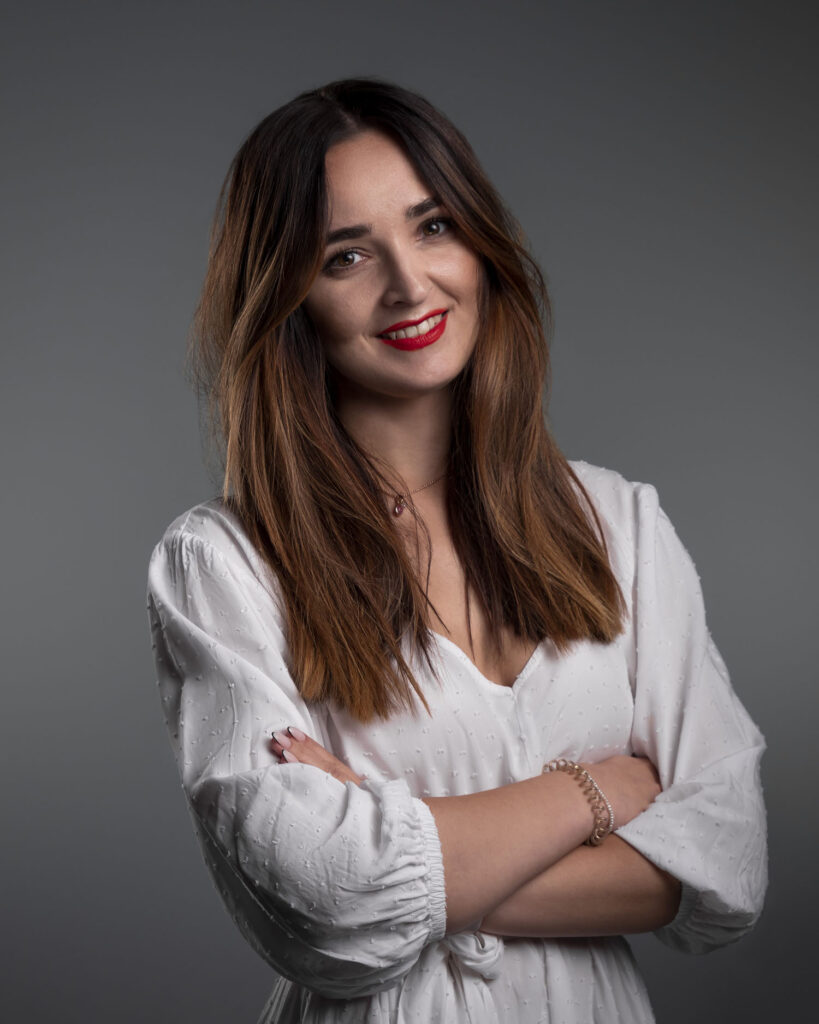
Marlena Mędala-Kubicz
Employer Branding & Communications Lead at Software Mind
An Employer Branding & Communications Lead with almost 10 years’ experience, Marlena has designed and delivered strategies to increase employee engagement and collaboration. With a profound understanding of the IT sector, she has strategically planned activities and campaigns to strengthen employer brands and attract the right candidates in an increasingly competitive market. Marlena excels in navigating complex challenges and organizing immersive events and initiatives to enhance both employee and candidate experience. Currently, she’s responsible for building Software Mind’s brand and communication strategies, reinforcing the company’s position as an industry leader and employer of choice.

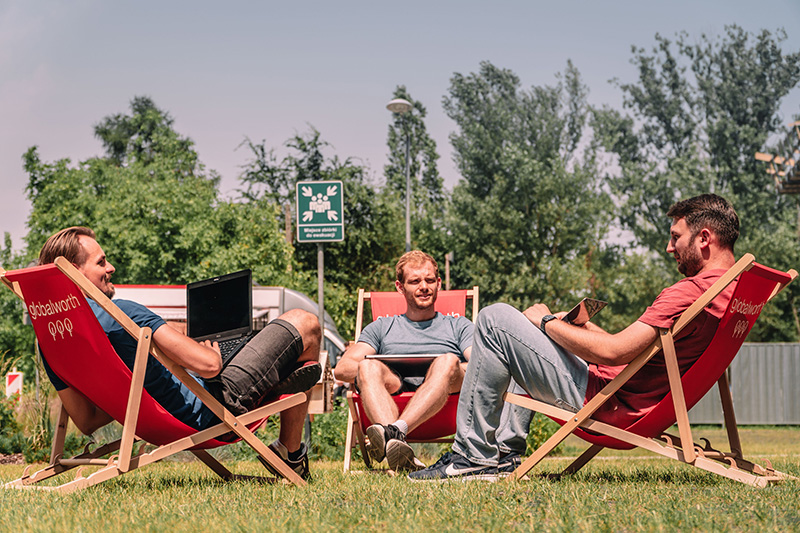
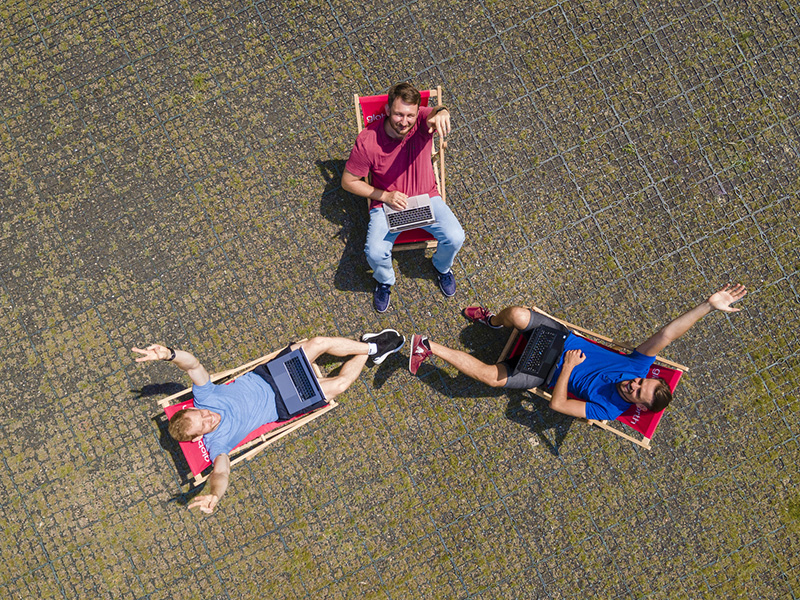
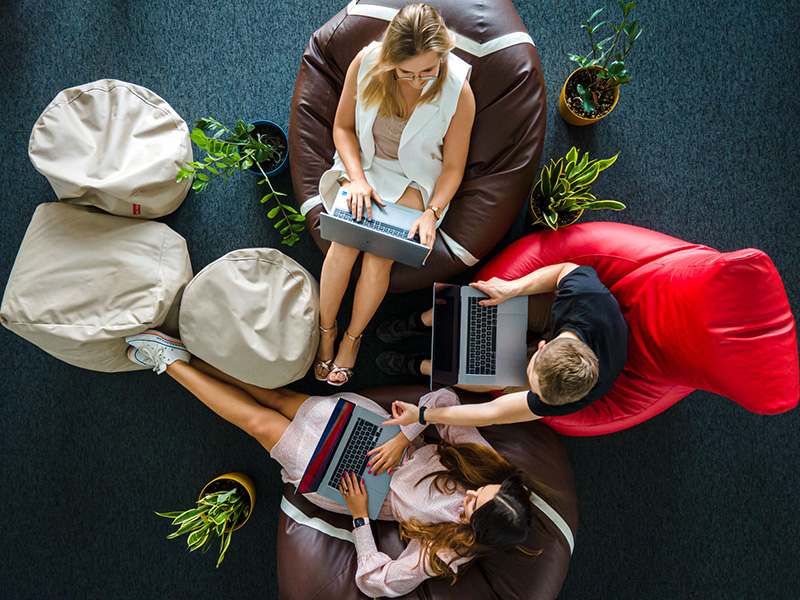

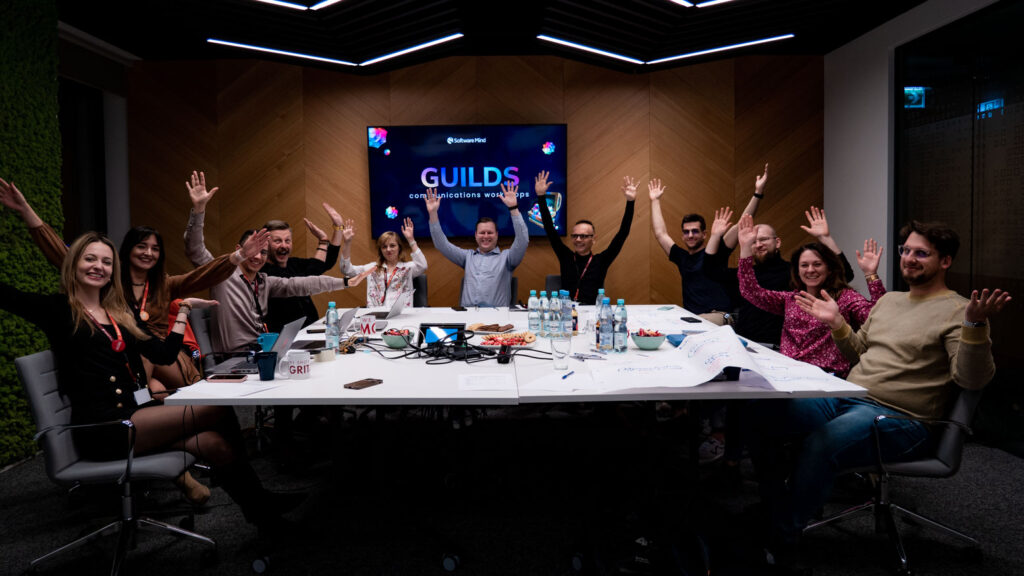
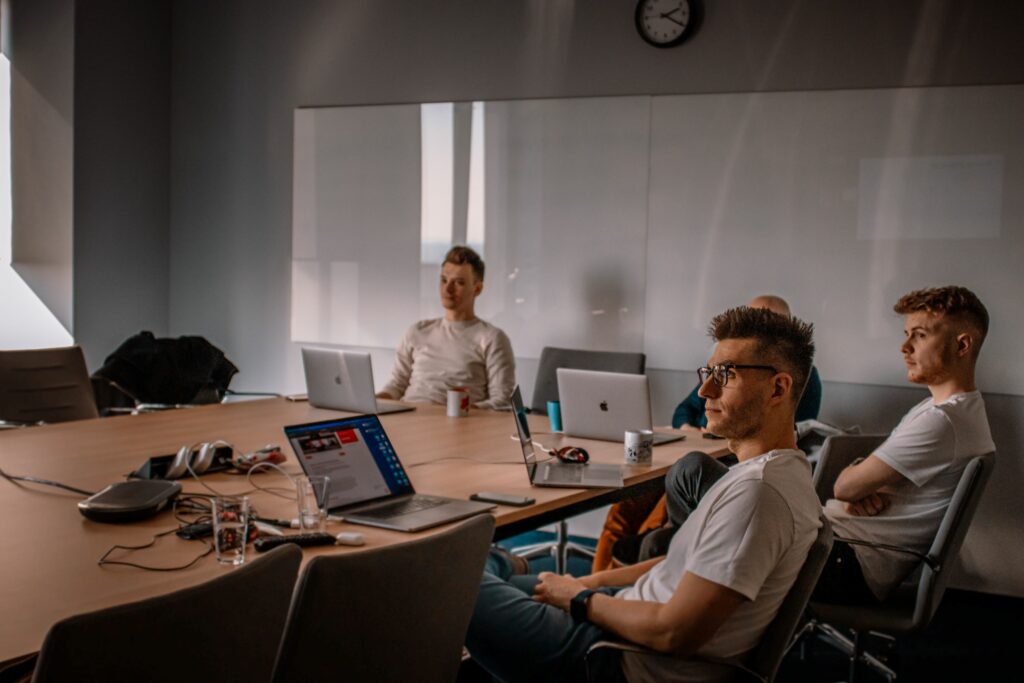

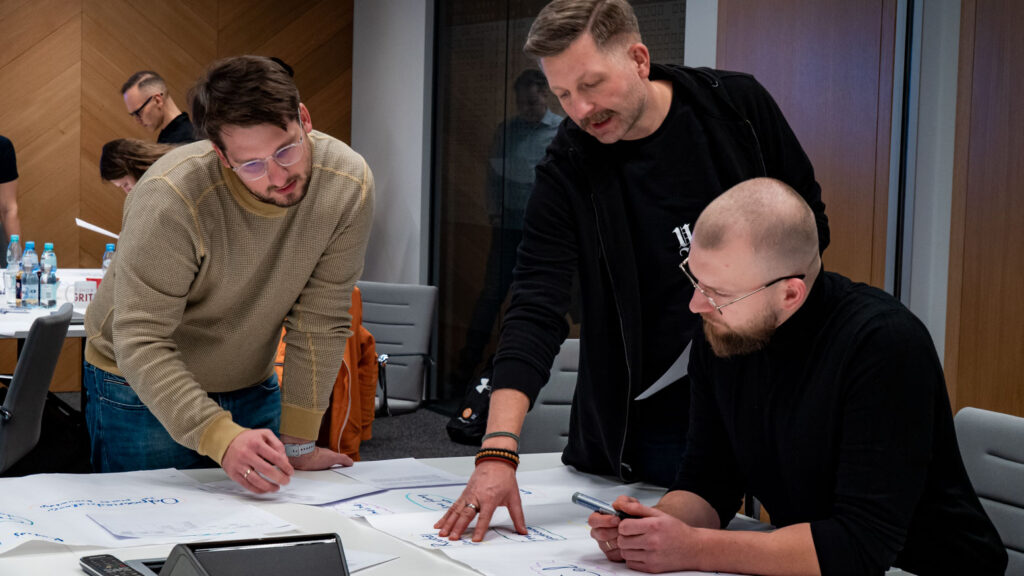
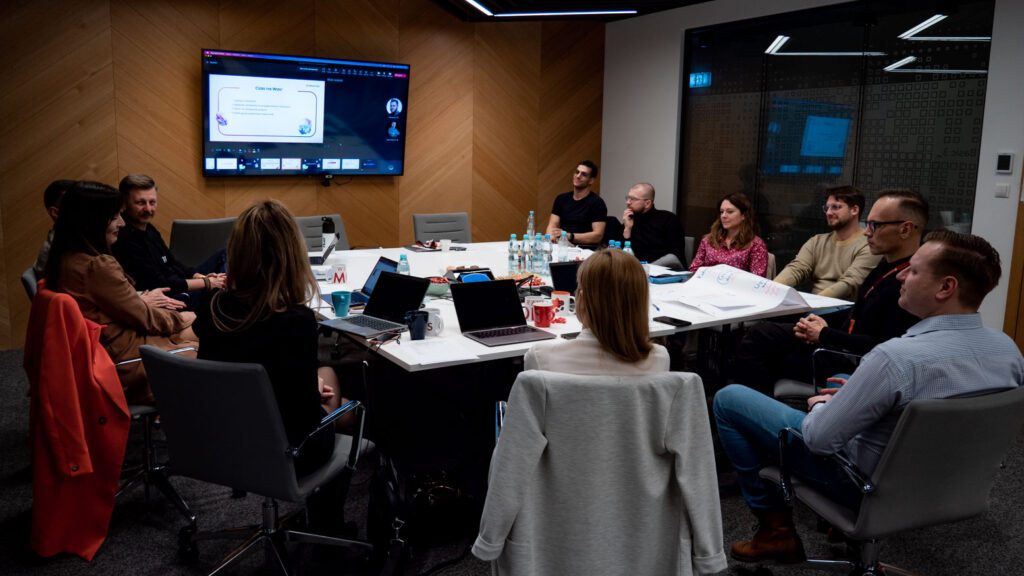
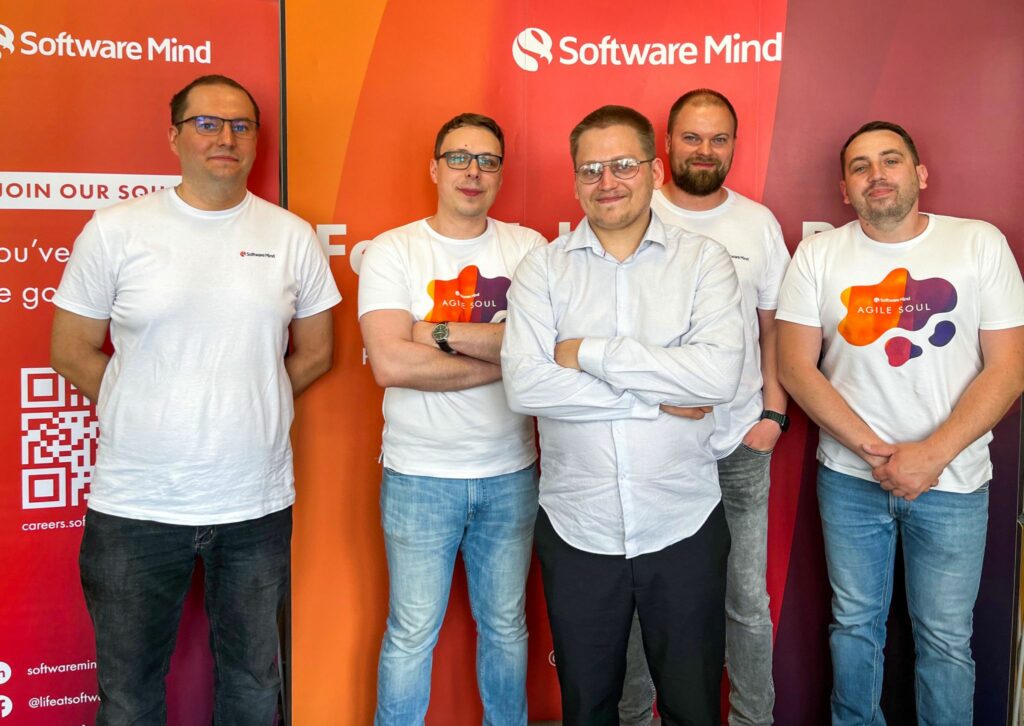
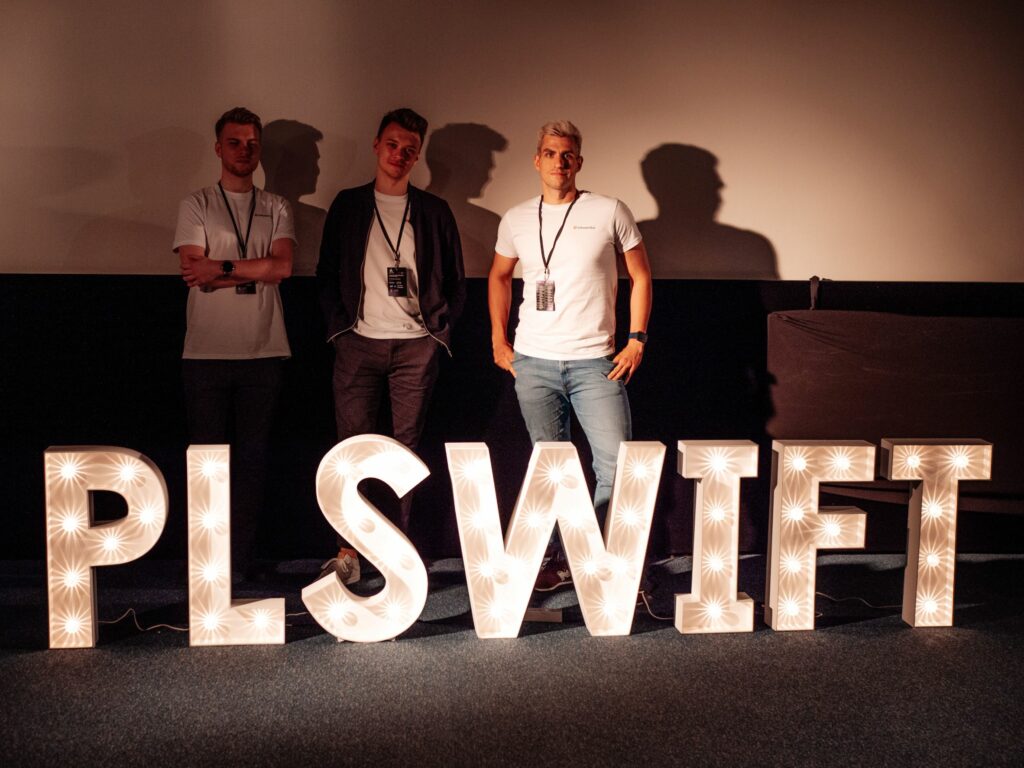

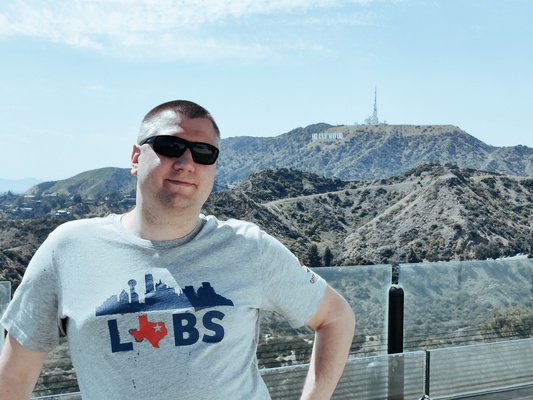


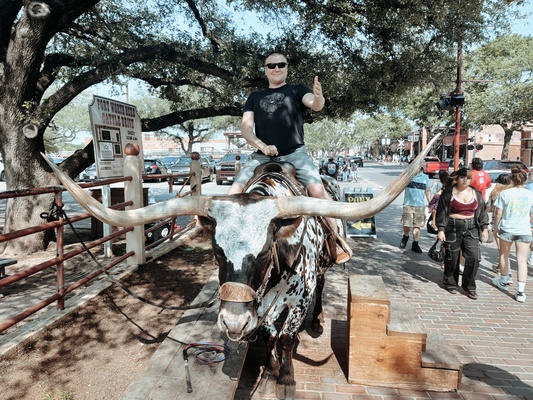
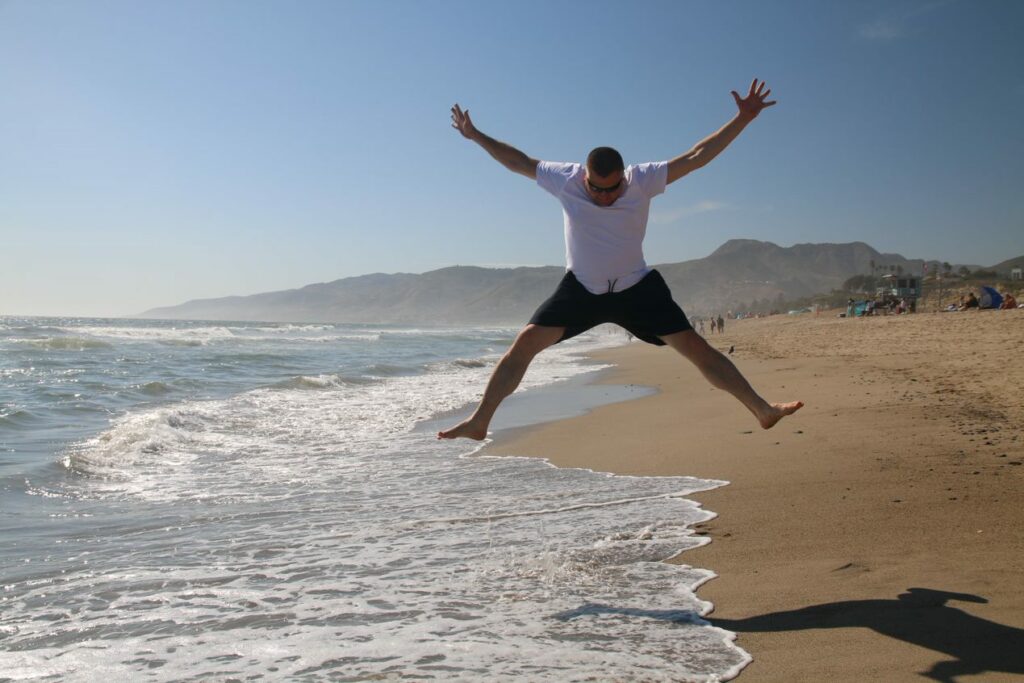
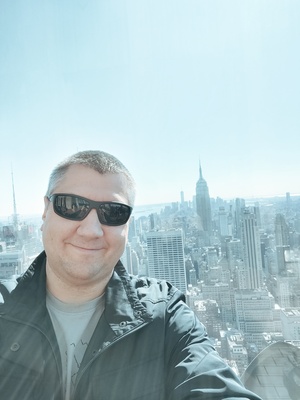

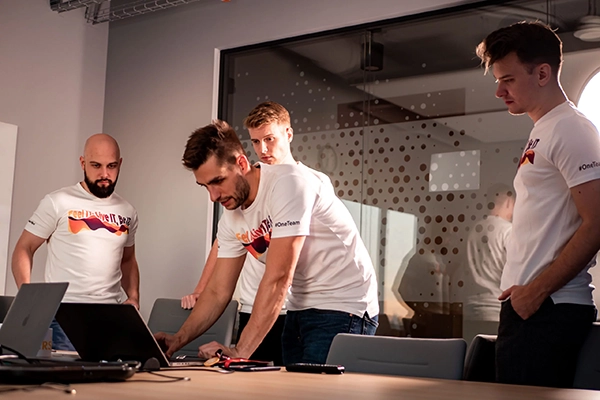 The major role of software development in companies across various industries translates directly into a growing need for software engineers. At the same time, there are simply not enough engineers to fulfill this demand, and the situation won’t be resolved any time soon. In other words, companies are actively looking for software developers. Of course, many job openings are aimed at more experienced people, but there are also plenty of organizations that offer internship programs or look for motivated junior developers that they can further train.
The major role of software development in companies across various industries translates directly into a growing need for software engineers. At the same time, there are simply not enough engineers to fulfill this demand, and the situation won’t be resolved any time soon. In other words, companies are actively looking for software developers. Of course, many job openings are aimed at more experienced people, but there are also plenty of organizations that offer internship programs or look for motivated junior developers that they can further train.